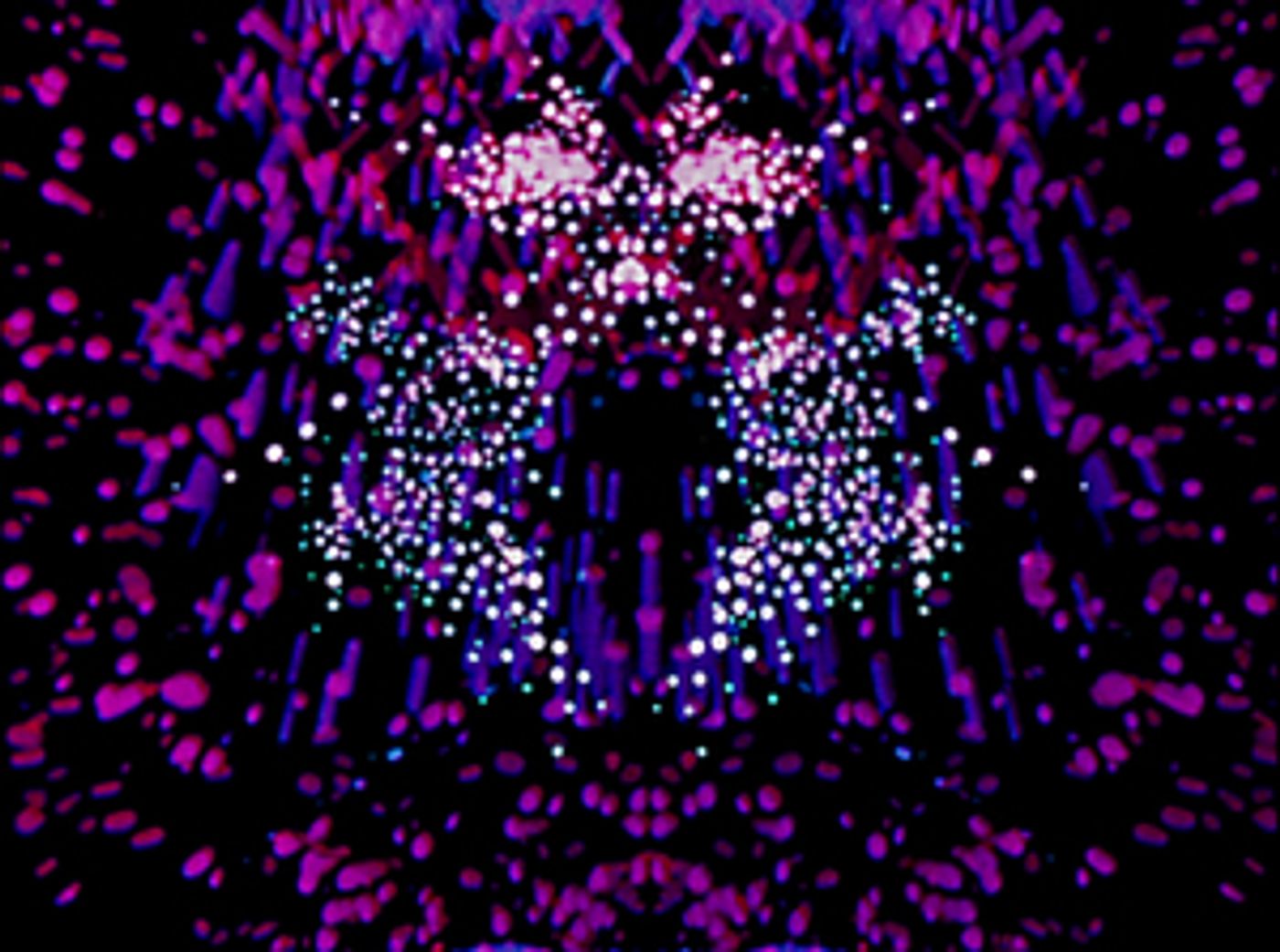MoMA Announces NEELON CRAWFORD: FILMMAKER Gallery Exhibition and Virtual Cinema Program
The film series comprises the 8 exhibition works plus noteworthy titles including Freakquently (1968), Prison 1 (1969), Window Dance (1971), and more.

The Museum of Modern Art has announced Neelon Crawford: Filmmaker, an exhibition and Virtual Cinema film series introducing the multimedia artist Neelon Crawford (American, born 1946) to contemporary audiences. Crawford was a member of the New York, San Francisco, and Ohio independent filmmaking scenes from the late 1960s through the early 1980s. Describing his work from this period as "experiments in the geometry of abstraction made possible by the movie camera," Crawford made 16-millimeter films that reflected his interests in light, movement, and landscape as well as dance and early computer graphics. Installed in the Titus galleries as a timely meditation on climate crisis and sustainability, the eight newly restored films on view are Light Pleasures (1970), KMK Cane (1976), La Selva (1974), Lago Agrio Gas Burn (1977), Banana Leaves (1977), Ship Side Steel Plate Lights (1974), Passing (1974), and Paths of Fire II (1976). Neelon Crawford: Filmmaker is organized by Ron Magliozzi, Curator, and Brittany Shaw, Curatorial Assistant, Department of Film.
Crawford's early years as an artist were distinguished by his restlessness, as he simultaneously tried his hand at photography, drawing, and painting, and as a filmmaker finding inspiration in various avant-garde moving-image scenes. Crawford credited experimental filmmakers like Nathaniel Dorsky and Bruce Baillie as sources of inspiration, and his treatment of light and motion also reflects his kinship with filmmakers Ernie Gehr and Andrew Noren. Crawford supported his efforts with freelance work in film sound recording, which led to an infamous encounter with the Hell's Angels that appears in Albert and David Maysles' 1970 Rolling Stones documentary Gimme Shelter.After an intense period of screening his work in the 1970's, including two monographic programs in MoMA's Cineprobe series, Crawford withdrew his films from circulation in the early 1980's when his focus became photography and painting, in the footsteps of his father, abstract artist Ralston Crawford (1906-1978). MoMA acquired Neelon's complete catalog of 35 titles in 2016, when it also began the process of preservation. The Neelon Crawford: Filmmaker gallery exhibition will highlight 8 of these restored films.
The accompanying Neelon Crawford Filmmaker film series will run via MoMA's Virtual Cinema, June 10-24. It will premiere the Museum's digital restoration of 23 core Crawford works nationwide, most unseen for nearly 40 years. The film series comprises the 8 exhibition works plus noteworthy titles including Freakquently (1968), Prison 1 (1969), Window Dance (1971), Mobius (1971), The Vincent (1979), For the Spider Woman (1980) and South American subjects, shot largely in Ecuador (1974-1976).
For more information visit moma.org.
Videos

